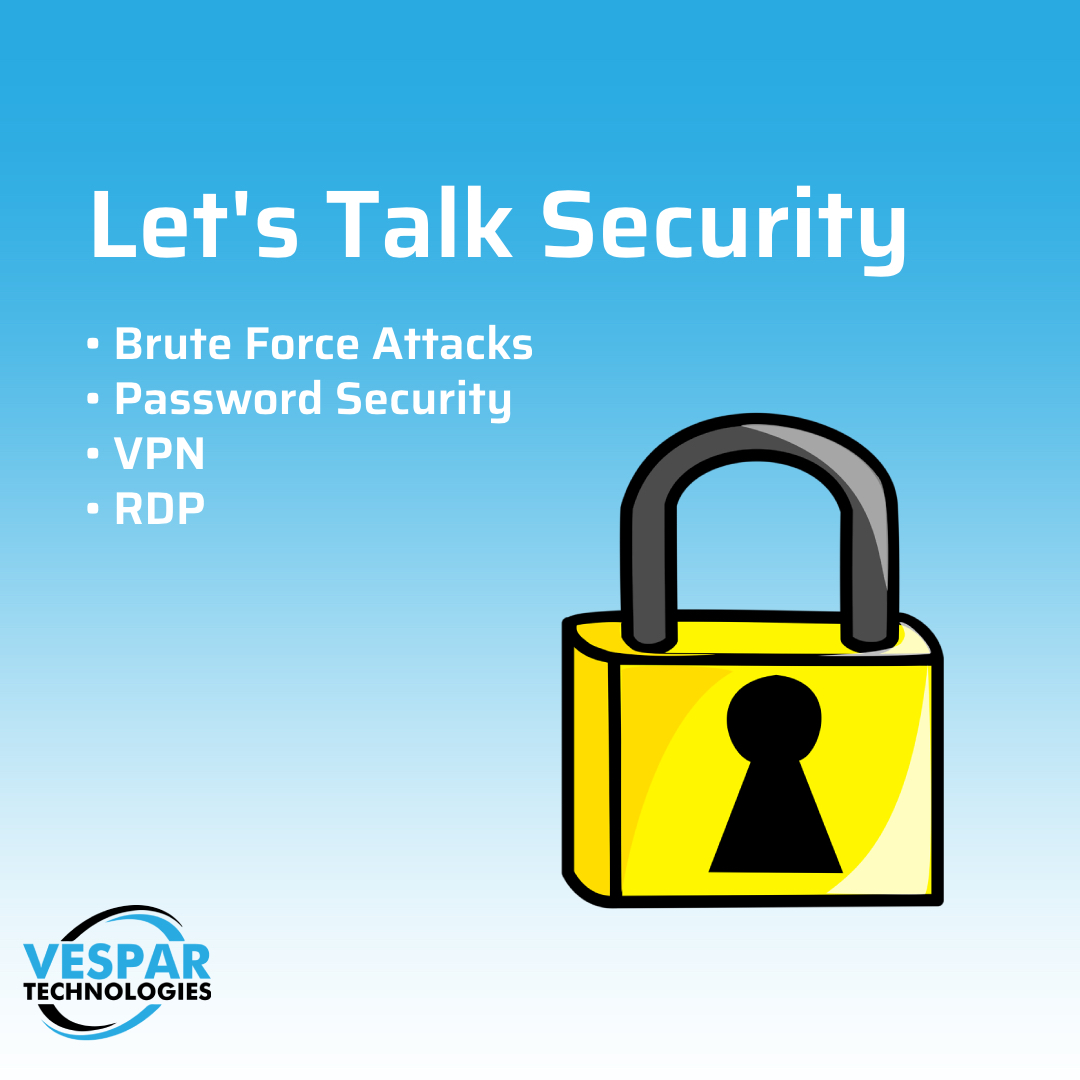How to stop brute-force attacks

Many businesses across the world have been adjusting to a remote workforce while battling Covid-19 pandemic and shelter-in-place orders set by most governments. All efforts made to building a safe and efficient infrastructure for work environments are being torn apart by employees using their personal devices and networks for sensitive tasks.
As expected, there has been a significant rise in cybersecurity breaches and company data being compromised. With lesser security standards being set at home, we see that a number of successful breaches are as a result of Brute-force attacks, specifically regarding RDP. Follow these tips to help prevent both personal and professional damage while working from home.
Disable RDP if you don't use it
RDP stands for Remote Desktop Protocol. It allows people to remotely connect and control a device as well as view and transfer files.
If your business does not use RDP, we recommend to disable RDP using windows services or closing the port on the network side to prevent attacks (3389).
If many end devices are being used, Windows policies can be sent to all devices quickly and easily through Windows Group Policies.
Use a Corporate VPN
In order to safely access company resources/assets, it's very important to utilize VPN's. VPN stands for Virtual Private Network, which extends a private network (like the devices running in your office) across a public network (across the Internet and to your personal computer at home).
It will look as if your home computer is directly connected to the office, and any safeguards to prevent other computers from entering this VPN will minimize chances of them ever finding the RDP software or any of the end devices.
Follow good password practices
There are countless examples of weak passwords, and studies show that a majority of users use the same password or slight variations of a single password for many accounts. UK National Cyber Security Centre reveals the top ten most frequently used passwords as:
- 123456
- 123456789 (For when you are required to use 8 characters, obviously)
- qwerty
- password
- 111111
- 12345678
- abc123
- 1234567
- password1
- 12345
That, in itself, is understandably terrible, and alongside those passwords many users also use common names, sports team names, and fictional characters.
Following better password practices, including having different passwords for every account, and avoiding easily-guessed passwords, helps prevent many of the brute force attacks on home networks and personal accounts.
Are you doing the best you can?
Most likely, the answer is no. Contact us at info@vespartech.com or using any of the forms listed on this website to get a free security evaluation. Vespar Tech will also sponsor training sessions to help your employees follow safe teleworking and improve personal security.
Sources

